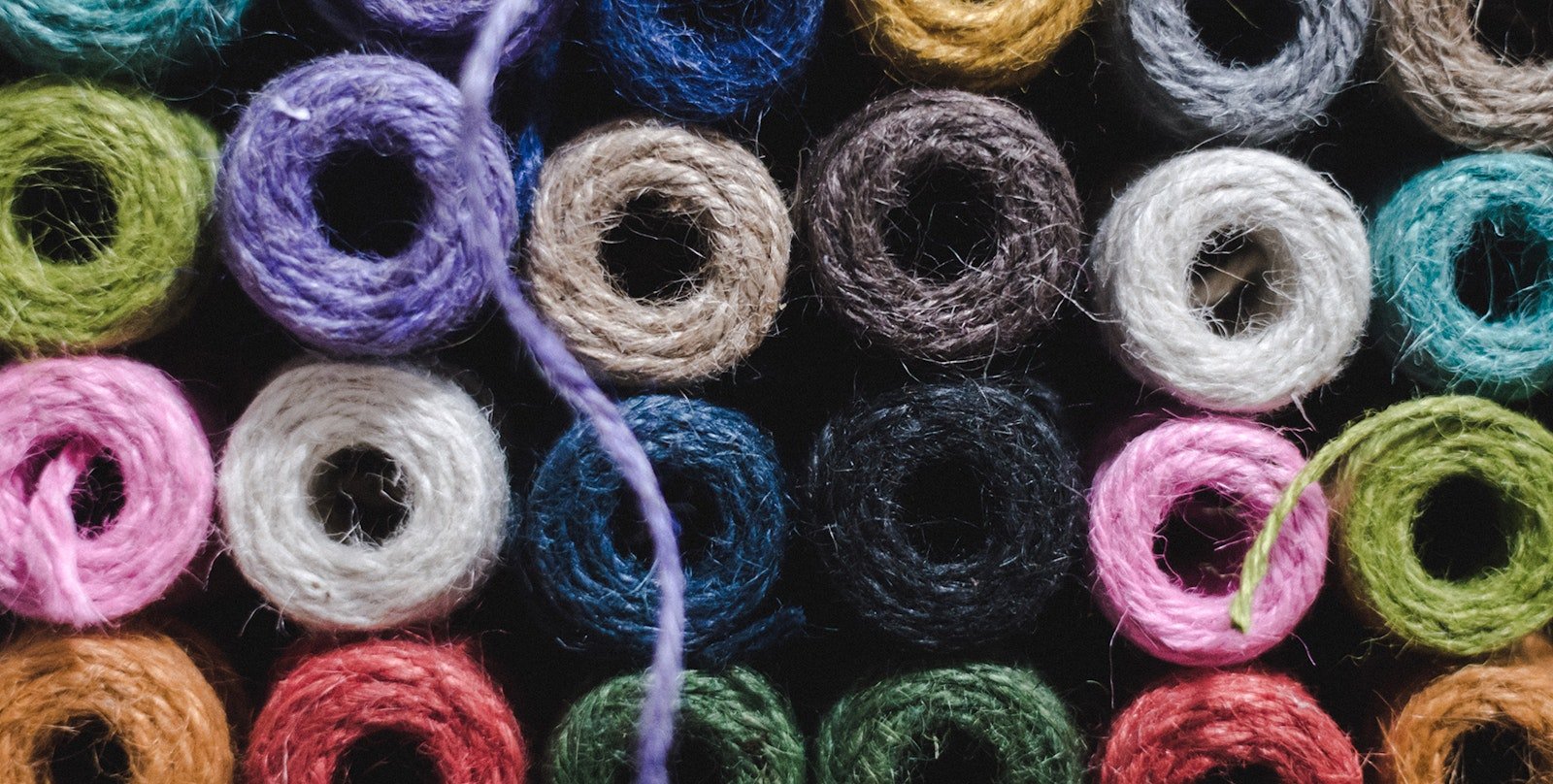We’ve been reviewing the results of our reader survey, and it’s apparent that you are a multitalented group. In addition to weaving on-loom and off, more than half of you spin, which is great to see. Besides providing balance for the often-solitary sport of weaving, spinning gives us an invaluable down-to-the fiber understanding of the yarns with which we weave, which, like the weavers I know, are constantly improving and changing.
 | |
| Have you spun a singles warp. Linda Ligon says "Yes, you can!" |
I’ve been spinning for almost 18 years now, and reading Spin-Off magazine for about that long, but I am still amazed at how this ancient craft continues to evolve, with new fibers, new and rediscovered techniques, and enticing new tools. For example, Carol Rhoades has a great article in the Summer 2010 issue of Spin-Off with innovative techniques for spinning loftier, yet still smooth yarns from worsted preparations. Jacey Boggs, art yarn diva and star of the very entertaining video Sit and Spin, shows how to get loopy with bouclé. Stephanie Gaustad urges us to expand our tahkli-spinning repertoire to include yak, bison, wool, and even silk, and another article introduces the wonders of square-whorl spindles from Steve Paulsen of Spindlewood. (Confession: I have at least three. If you drop spin and haven’t tried them, you’re missing out.) Even the terminology is still evolving. When I started spinning, I learned “beads, bouclés, and bangles” from Judith MacKenzie. Now halos, coils, and beehives have been added to the novelty (now “art yarn”) lexicon. Those who spin with spindles are not just spinners, they are “spindlers.” And notions of short and long draw, woolen and worsted have come a long way from the days when Mabel Ross was the final word on almost everything.
I dream of weaving projects these days, but spinning continues to spark old and new friendships and my curiosity and to inform
 | |
| Knitting shells is a great way to use up thrums. |
my weaving. In this latest Spin-Off, a, elegant textured bamboo scarf woven on a rigid heddle loom reminds that plain weave need not be plain. I wish Beth Smith’s treatise on how to finish manufactured fibers had been available before I wove and finished a bamboo stole last year for a friend’s ordination. I’m taking Linda Ligon’s article, “Singles warp? Yes, you can!” as a personal challenge and considering Ingrid Brundin’s cute and clever shell-knitting technique as a way to use up those too-pretty-to-throw-away thrums.
If you’re a weaver who spins, you know how your spinner’s knowledge of fibers and yarn structure deepens your weaving skills. If you haven’t read Spin-Off magazine lately, you might consider taking another look to see how the latest spinning trends can also open new possibilities.

